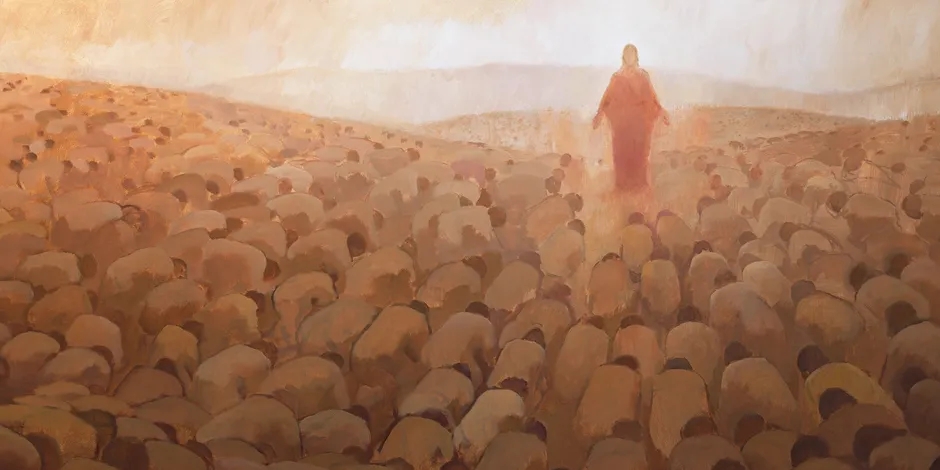
Intro, I could not overemphasize how important this chapter is. It summarizes and applies all of Lehi’s visions and teachings, introduces Nephi’s own upcoming visions and prophecies, sums up the central message Mormon and Moroni seek to convey in the Book of Mormon, and contains the first outline of the Gospel of Jesus Christ. And yet it’s more—it’s a cosmic view of God’s plans and purposes for his children, beginning to end, and the roles we all play—Jews, Gentiles, Covenant Israel, and His Only Begotten Son.
This is also a chapter of first mentions:
- The Jews, though taken captive into Babylon, will return to Jerusalem (v3)
- The Messiah will come in 600 years (v4)
- All the prophets spoke of Jesus (v5)
- Effects of the Fall (v6, Lehi will later expound on this in 2 Ne 2)
- Mention of John the Baptist (v7)
- The title Lamb of God (v10)
- The Messiah will be slain (v11)
- The Messiah will resurrect (v11)
- First mention of Gentiles (Heb ‘nations’), and that the Messiah will manifest himself to them, suggesting that the provincial Jewish God, IS God, the only God of all the earth (v11-14)
- Israel will be scattered, and thus Lehi’s journey (v12)
- The Gentiles will receive the fulness of the Gospel in the last days (v14)
- Israel will be gathered in the last days, and in the above order (v14)
Ya, this is the first time in the Book of Mormon each of these are mentioned. Wow.
4 600 years, so said “the angel” (19:8). This verse is the essential baseline for calculating dates in the Book of Mormon. Internally, the Book of Mormon is consistent in its dating, strictly accounting for the years down to the time of Christ.
5 how great a number had testified of these things, see the footnotes here, though they are not comprehensive. This one truth makes the Book of Mormon immensely valuable, as in the Bible, references to the Messiah are veiled (likely the very things Nephi later will refer to—the plain and precious parts removed). My favorite moment in this regard is Abinadi before the priests of Noah. They actually quote an Isaiah verse that refers to the Savior but miss the Savior entirely, to which Abinadi responds sarcastically, “Are you priests, and pretend to teach this people?” Ha ha! When he asks them what they even teach, they respond that they teach the Law of Moses. Second strike, because the Law of Moses, if they had eyes to see, was all about Christ. Abinadi then spends the next four chapters opening their minds, concluding, “Therefore, if ye teach the law of Moses, also teach that it is a shadow of those things which are to come—Teach them that redemption cometh through Christ the Lord, who is the very Eternal Father. Amen. (Mosiah 16:14-15). Ya Amen! Such is the clarity of the Book of Mormon about the doctrine of Christ.
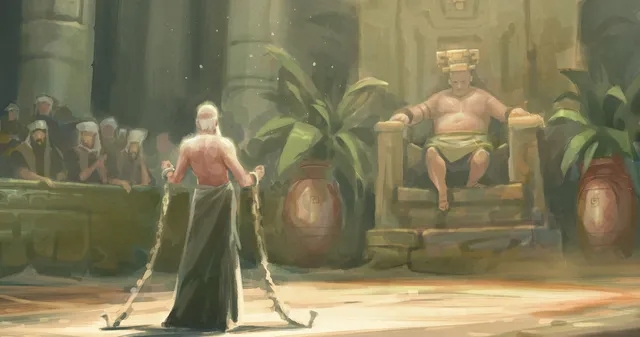
7-10 a prophet who should come before the Messiah…and my father space much concerning this thing, Why did Lehi speak “much” concerning John the Baptist? It apparently had quite an effect on Nephi because Nephi repeats this teaching at the end of his own writings in 2 Ne 31. Moreover, he apparently had his own vision of the event (2 Ne 31:4). Perhaps it is important for the reasons Nephi later gives, “it showeth unto the children of men the straitness of the path, and the narrowness of the agate, by which they should enter, he having set the example before them.” (2 Ne 31:9-10)
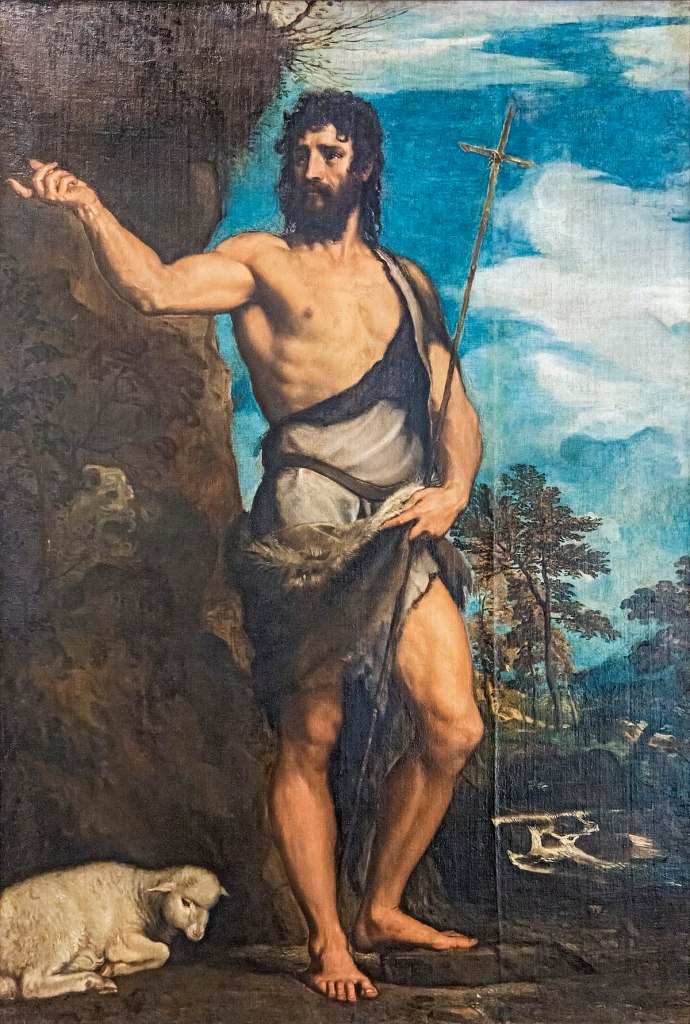
9-10 Lamb of God, this phrase is found 38x in the standard works—twice in the New Testament (John 1:29, 36), once in D&C (D&C 88:106), never in the OT, and 35x in the Book of Mormon! Moreover, 28 of those are in Nephi’s vision (1 Nephi 11-15).
12 the house of Israel, that the should be compared like unto an olive tree, the symbolism goes back to at least the prophet Zenos (Jacob 5), and is laced throughout the Old and New Testaments.
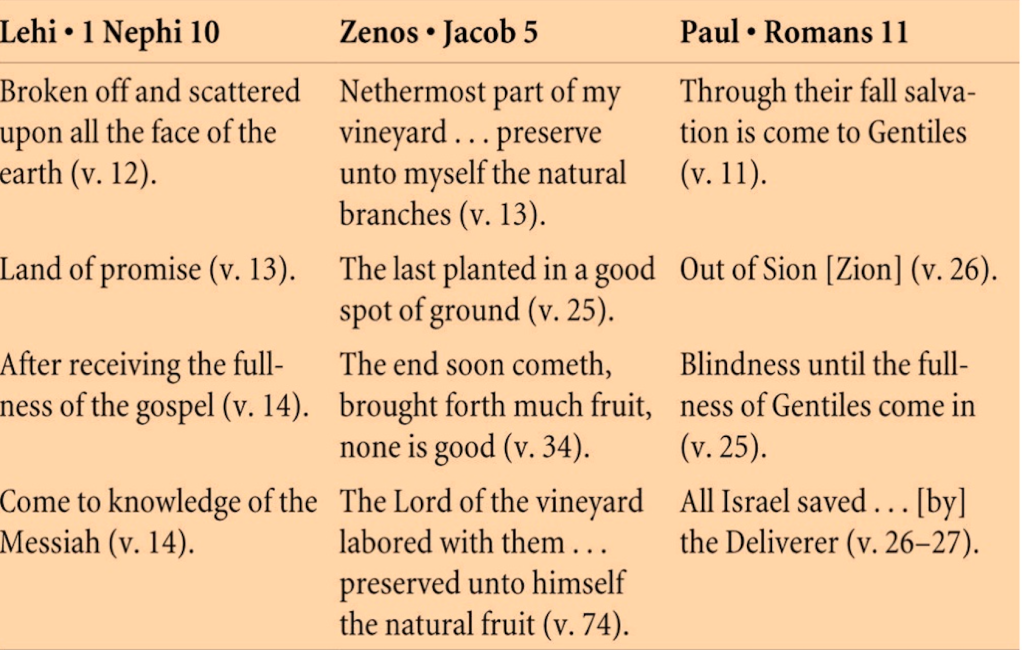
The olive tree is an appropriate metaphor as it is the immortal tree. There are olives in Athens and olives in Jerusalem which were growing in the time of Lehi. They live as long as redwoods or anything else because you can’t kill them when you trim them down and cut everything off. When there was a raid and the city was destroyed and burned down, the olives would start growing again. It had inextinguishable life in it. You can find 2,000 yr-old olive trees in the Garden of Gethsemane. They are immense because they just keep putting out shoots and growing. What’s more they can always be grafted. Moreover, the tree was traditionally considered to have been the Edenic tree of life. The fig, palm tree, and grapevine also figured as botanical candidates for the tree of life. Each of these shares a literal importance as a source of food or drink in ancient Israel. The palm tree and the grapevine both provided wine, and the fig and olive provided food. The olive may have been the most symbolically apt possibility, however, as it provided both a liquid and a solid—the oil and the olive itself.
12-13 scattered upon all the face of the earth, it’s important to debunk the idea that scattering was all about punishment. Nephi teaches the opposite—it was about fulfilling the covenant made to Joseph, increasing and preserving the lineage. We’ll learn later from Jacob how mixing seed, cross-pollinating cultures, has a rejuvenating effect on the life of the tree and its ability to produce good fruit. Being insular, separated and apart, cut off from the world, can actually harm us. Living among and interfacing with the diversity of mankind has a refining effect on our souls.
14 they shall be gathered together again…grafted…coming to the knowledge of the true Messiah, this is an astounding verse—in one sentence it summaries the entire chapter, which summarizes the central message of the Book of Mormon. The gathering of which President Russell M. Nelson speaks today is metaphorically the “grafing in,” or, in plain terms, “coming to the knowledge of the true Messiah.” That is what latter-day Israel, and the gathering we are doing, is all about. We teach of Christ, we talk of Christ…etc. (2 Ne 25:26). Practically speaking, the grafting happens through covenant-making, i.e. baptism—the gate to get on the path. This gathering, or grafting, began on April 3, 1836, at the Kirtland temple, when Moses appeard to the prophet Joseph Smith and Oliver Cowdery “and committed unto us the keys of the gathering of Israel from the four parts of the earth, and the leading of the ten tribes from the land of the north.” (D. & C. 110:11)
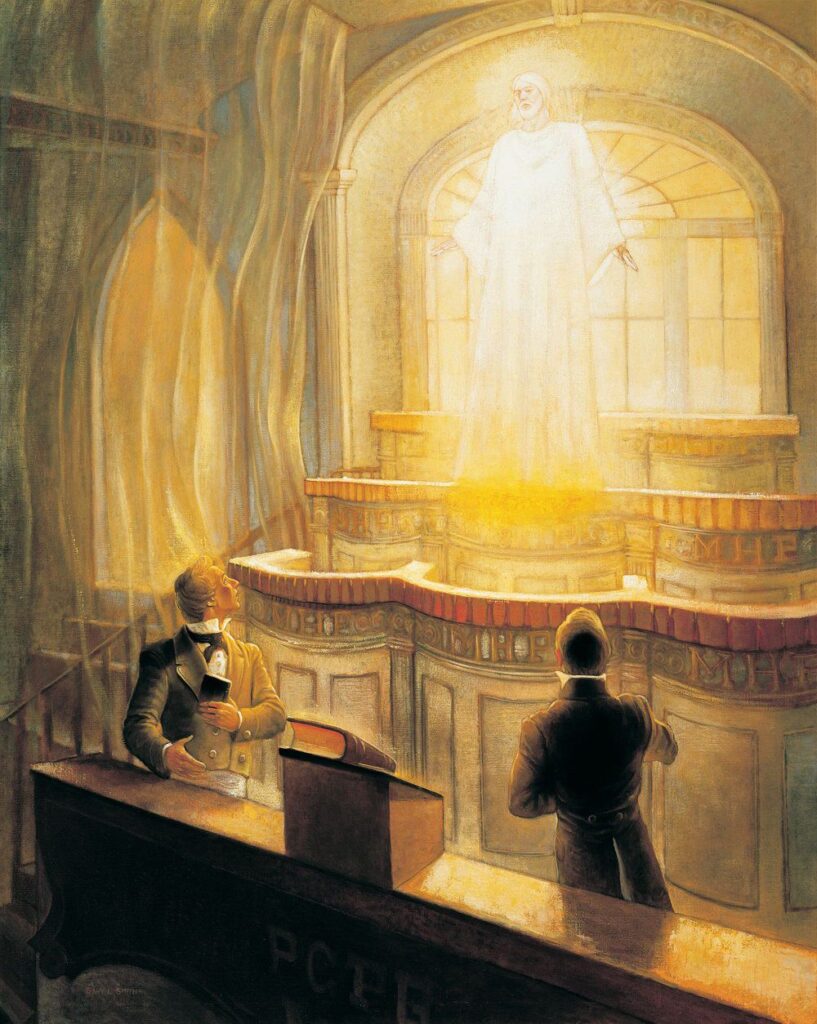
16 all these things were done…in a tent, in the valley of Lemuel, Considering the depth of this chapter, Lehi had been doing some serious study with the plates while his sons were gone getting wives!
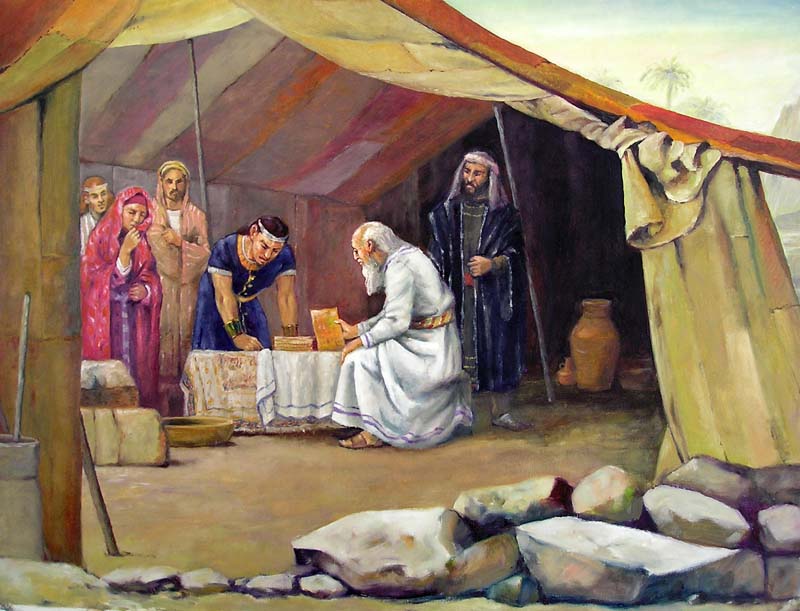
17 I Nephi was desirous that I might see, and so were Laman and Lemuel, but they never made the effort to seek, knock, and ask, as did Nephi (15:7-9; 11:1). Most of us want to know the mysteries of God, but are we willing to make the effort to discover them?
Joseph Smith, “God hath not revealed anything to Joseph, but what He will make known unto the Twelve, and even the least Saint may know all things as fast as he is able to bear them” (TPJS 149)
Brigham Young, “I am… afraid that this people have so much confidence in their leaders that they will not inquire for themselves of God whether they are led by Him. I am fearful they settle down in a state of blind self-security, trusting their eternal destiny in the hands of their leaders with a reckless confidence that in itself would thwart the purposes of God in their salvation, and weaken that influence they could give to their leaders, did they know for themselves, by the revelations of Jesus, that they are led in the right way. Let every man and woman know, by the whispering of the Spirit of God to themselves, whether their leaders are walking in the path the Lord dictates, or not. This has been my exhortation continually… Let all persons be fervent in prayer, until they know the things of God for themselves and become certain that they are walking in the path that leads to everlasting life.” (JD 9:150)